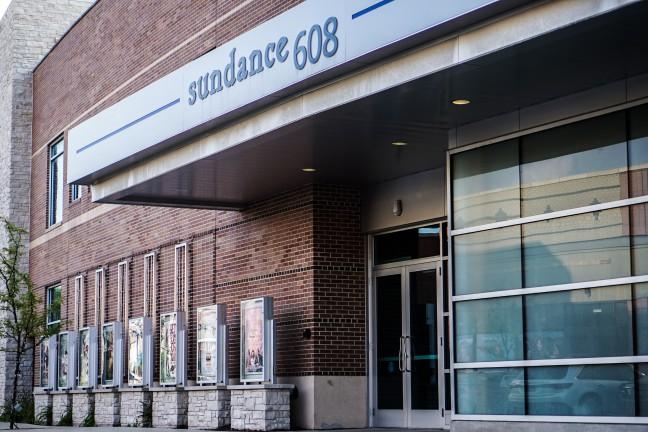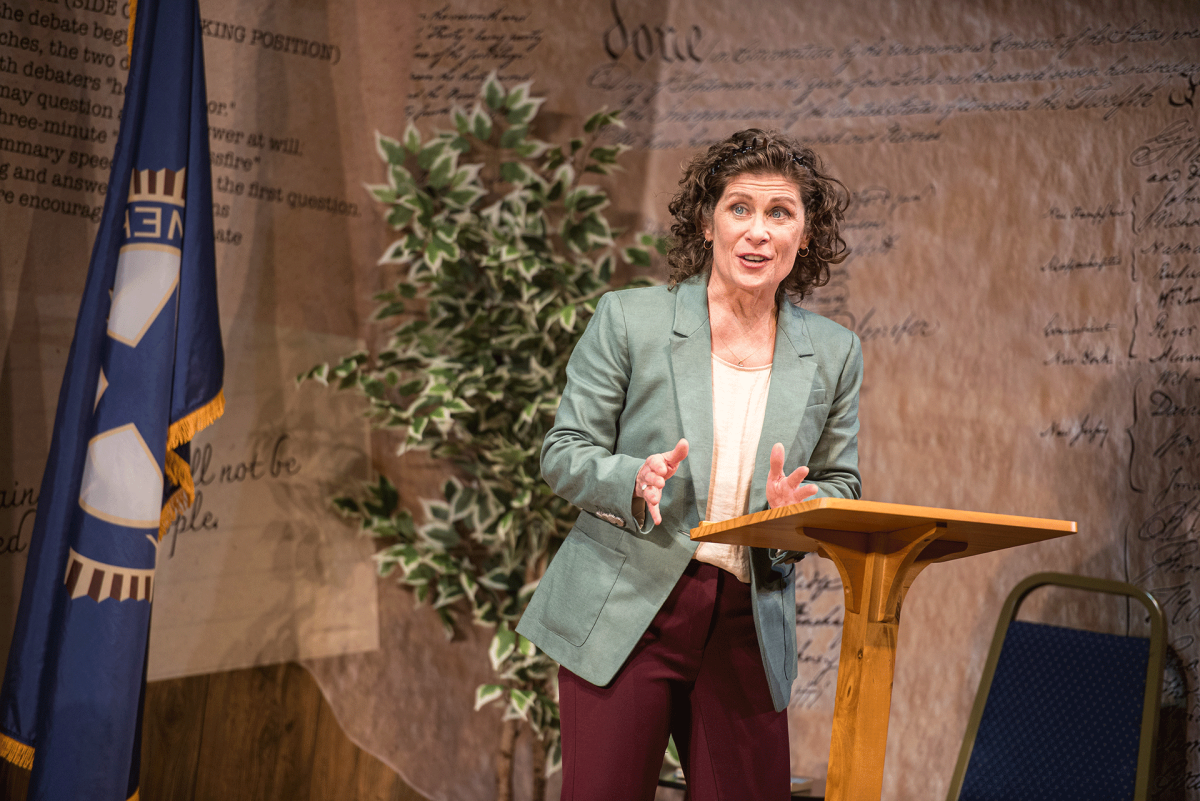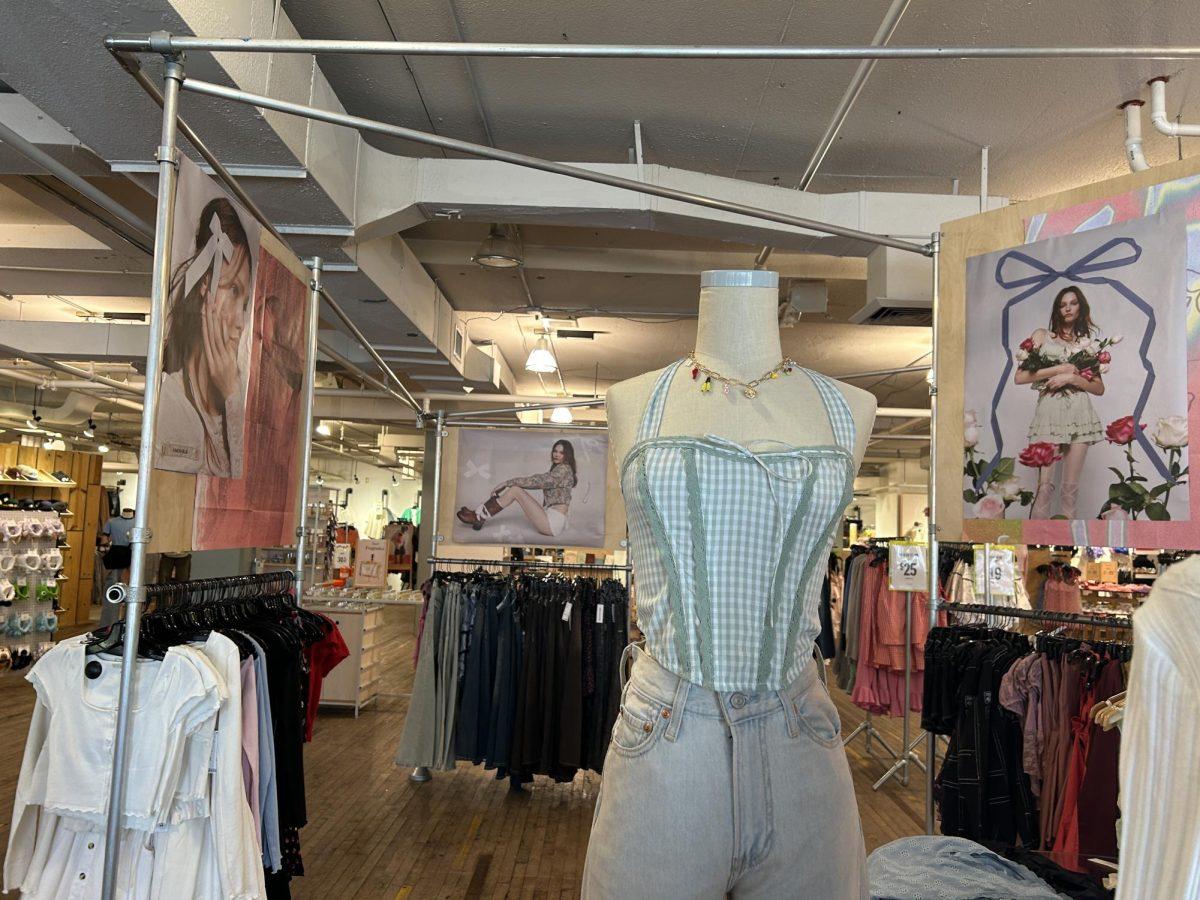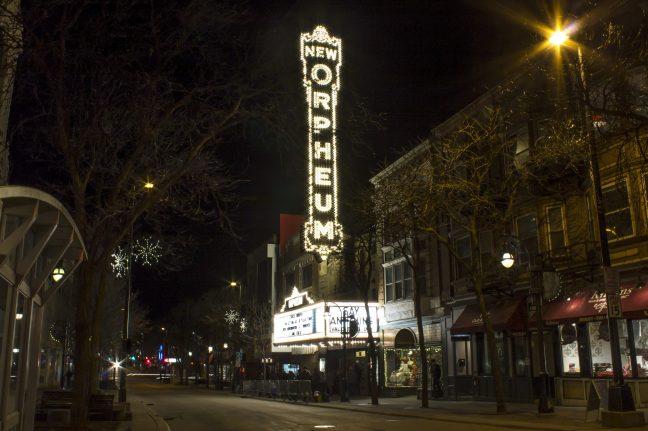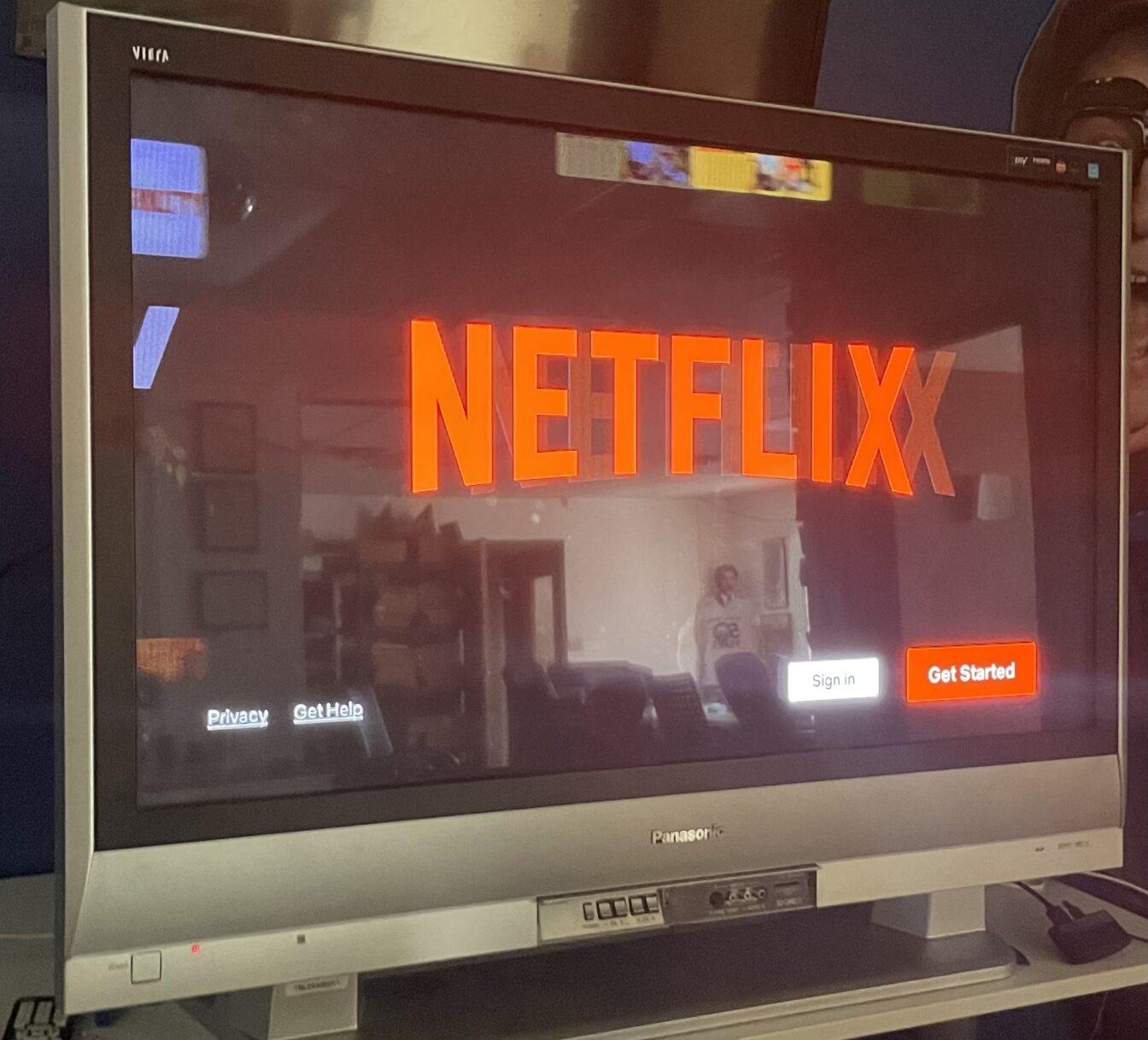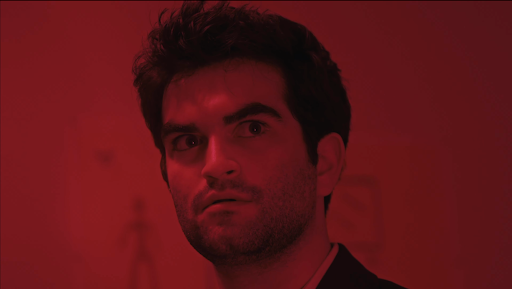For the average University of Wisconsin student without a vehicle, getting to a local movie theater might take longer than waiting for its debut on Netflix.
Beside Marcus Theaters and Point Cinema on Madison’s west side, the only multi-screen complexes showcasing Hollywood’s latest are located in Sun Prairie and Fitchburg.
Though Union South’s Marquee shows films, it only has one screen and can’t show new productions, leaving students months behind Hollywood’s schedule and the national cultural conversation.
Sundance Cinemas, located in the Hilldale shopping center, is part of a new wave of theaters that feature not only screens, but higher-end food and drinks. But, it’s too far from campus and a ticket could probably cover a semester’s tuition.
The void in downtown movie theaters hasn’t always plagued Madison. Until the 1970s, around four movie theaters operated, but the last isthmus theater closed when the Lucky apartment complex took its place.
In addition, familiar venues like the Majestic and Orpheum weren’t known only as killer concert venues; they intermittently operated as cinemas in the 20th century.
The Majestic, Madison’s oldest theater, opened in 1906 as a house for vaudeville. It served various purposes, from a silent movie house to a brief stint as a dance club. According to the theater’s website, even Harry Houdini made an appearance. Later in the century, the theater was well known for its foreign and independent showings.
The Orpheum, built in 1926 as the first building in Wisconsin with air conditioning, also traces its roots to vaudeville and cinema at its inception.
But little by little, movie theaters closed down, either replaced entirely, repurposed as different venues or acquired by the city.
Local officials, including Mayor Paul Soglin, have picked up on the issue and have tried addressing it, to little avail.
Soglin said he wrote a letter to actor Robert Redford, the former owner of Sundance theaters, to request he consider adding a location downtown. He said he didn’t receive a response, likely because the national chain went up for sale in June.
Often, the movie theater industry believes it’s too difficult to grab the attention of those under 30, Soglin said. This has driven developers to build multiplexes in more family-oriented suburban areas. Nevertheless, he said the city will continue encouraging developers to build downtown.
“We think it will work despite what the majority of the industry thinks,” Soglin said. “UW students have always been avid movie fans, both as consumers as well as professionals in the industry.”
But some, like UW communication arts professor Jeff Smith, said it might take more than encouragement from city leadership (and letters to celebrities) to attract developers to construct a theater in the downtown area.
For Smith, the lack of movie theaters in the city center is an issue of urban development. Compared to suburban regions, downtown land is expensive — a huge setback when multiplexes require so much of it.
Another issue becomes evident — parking. Smith said in larger metropolitan areas like New York, which have more developed public transportation systems, getting to a multiplex theater is neither expensive nor difficult. But in Madison, which lacks such a system, seeing a movie downtown becomes less attractive when attendees are forced to shell out $3.50 for parking.
Smith said some cities, like St. Louis, have gotten around the issue by subsidizing parking for movie theater customers. But the city would have to strike a balance between this lost revenue and the possibility of increased traffic in the area, he said.
Even so, other possible challenges remain, especially the fact that a movie theater in a downtown complex might not be the most profitable option.
“Real estate becomes much more valuable if people want to do an urban concept that combines residential housing for students with a handful of businesses on the first floor,” Smith said. “A theater doesn’t have the revenue potential as something much bigger and more upscale.”
With the rise of online streaming services like Netflix, some may begin to wonder how a theater downtown could even attract the college-aged students who live in the city center.
Smith said there is good reason to not be optimistic. Netflix has proved deleterious not so much for movie ticket sales, but for sales of physical DVDs. And while many have recently heard of a slump in theater attendance, Smith said this should be kept in context; low sales numbers are compared to box office records posted in 2012 and 2013.
But for now, it looks like Madison’s movie desert is here to stay, at least until Robert Redford says otherwise.








